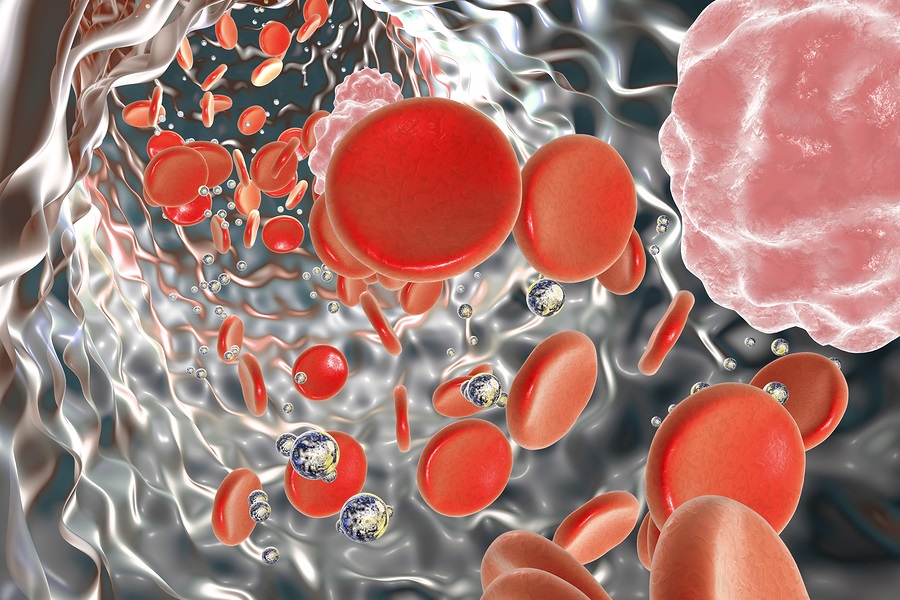
Nanotechnology: The Hidden Danger in Food and Thousands of Consumer Products
Nanoparticles of various types are being used in hundreds of products today, such as: food, pharmaceutical drugs, medical supplies, cosmetics and personal care products, energy storage devices, water treatment and air filtration equipment, environmental remediation technology, chemical and biological sensors, and in military explosives to name a few.
The U.S. government and most other countriesdo not prohibit or regulate the inclusion of manmade nanoparticle additives in baby food, adult food, cosmetics, or consumer products and does not prohibit nanoparticles from being used in certified organic food.
Nano-ingredients are used in: transparent sunscreens; light-diffracting cosmetics; penetration enhanced moisturizers; stain-, moisture-, and odor- repellent fabrics; long-lasting paints and furniture varnishes; anti-bacterial household appliances such as vacuum cleaners, refrigerators and air conditioners; and sporting equipment.
They are used in children’s skincare products and sunscreens, supplements, food containers, pacifiers, teethers, blankets, toys and stuffed animals, baby bottles, toothbrushes, baby carriages, bibs, and baby clothing.
Recent research on the ingestion of nanoparticles has raised concerns regarding their toxicity to humans and the environment.
Research suggests that nanoparticles of many materials are more biologically active than their normal size counterparts because they have significantly greater surface area per mass.
Nanoparticles less than 300 nm are able to pass through cell membranes in organisms, and their interactions with biological systems are relatively unknown.
